Last updated on
Discover essential tips for preventing electric shock in your kitchen, ensuring a safe and accident-free cooking environment.
The kitchen is the heart of every home, where we cook delicious meals and gather with family and friends. However, it’s also one of the most dangerous places in the house when it comes to electrical safety.
According to recent statistics, thousands of people are injured or even killed by electric shock in their kitchens each year. But don’t worry! In this article, I will share some simple yet effective tips on how to prevent electric shock in your kitchen and keep yourself and your loved ones safe while cooking.
So let’s get started!
Key takeaways:
- Keep hands and surfaces dry to prevent electric shock.
- Choose appliances with safety features and proper certifications.
- Ensure proper appliance installation and maintenance.
- Regularly inspect wiring and have a professional inspect every five years.
- Use GFCI outlets and avoid overloading circuits.
What's Inside
Importance of Electrical Safety
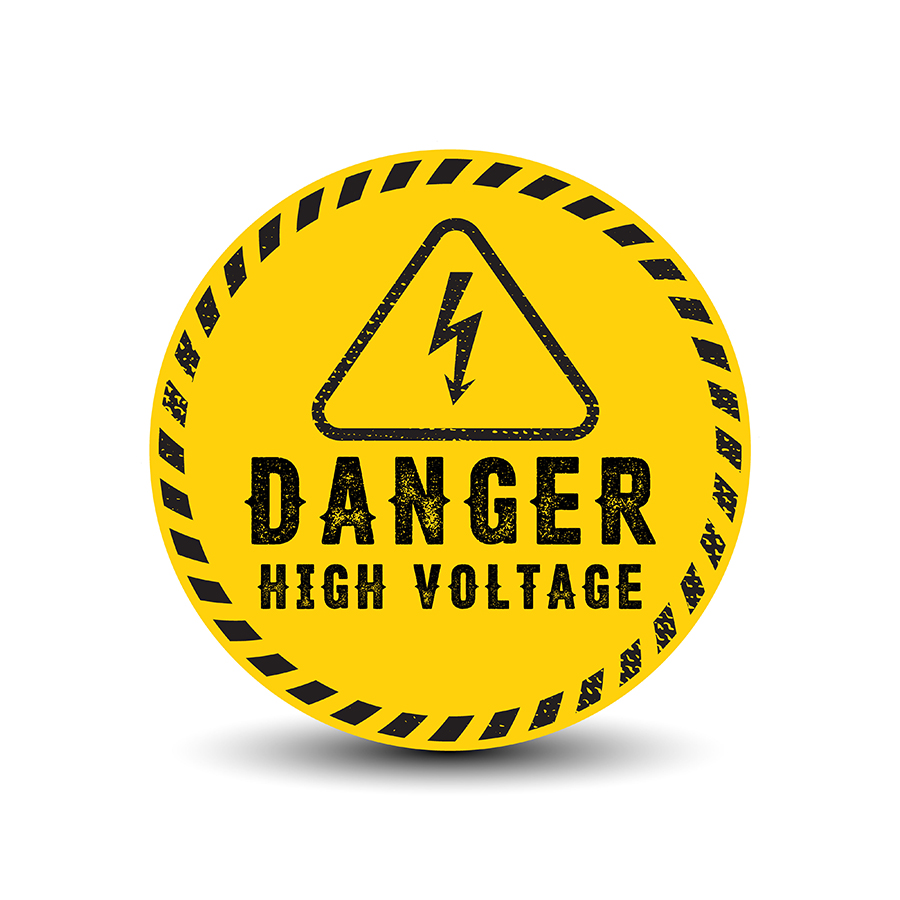
Electricity is an essential part of our daily lives, and we use it in almost every aspect of our homes. However, it can also be dangerous if not handled properly.
Electrical safety is crucial to prevent accidents that could lead to injury or even death. In the kitchen, where water and electricity are often present simultaneously, electrical safety becomes even more critical.
It’s important to understand that electric shock can happen quickly and unexpectedly when you least expect it. It only takes a small amount of current passing through your body for you to feel its effects – from mild tingling sensations all the way up to cardiac arrest.
Therefore, taking precautions against electrical hazards in your kitchen should be a top priority for any homeowner or renter who wants their cooking experience safe and enjoyable without any mishaps.
Understanding Common Kitchen Hazards
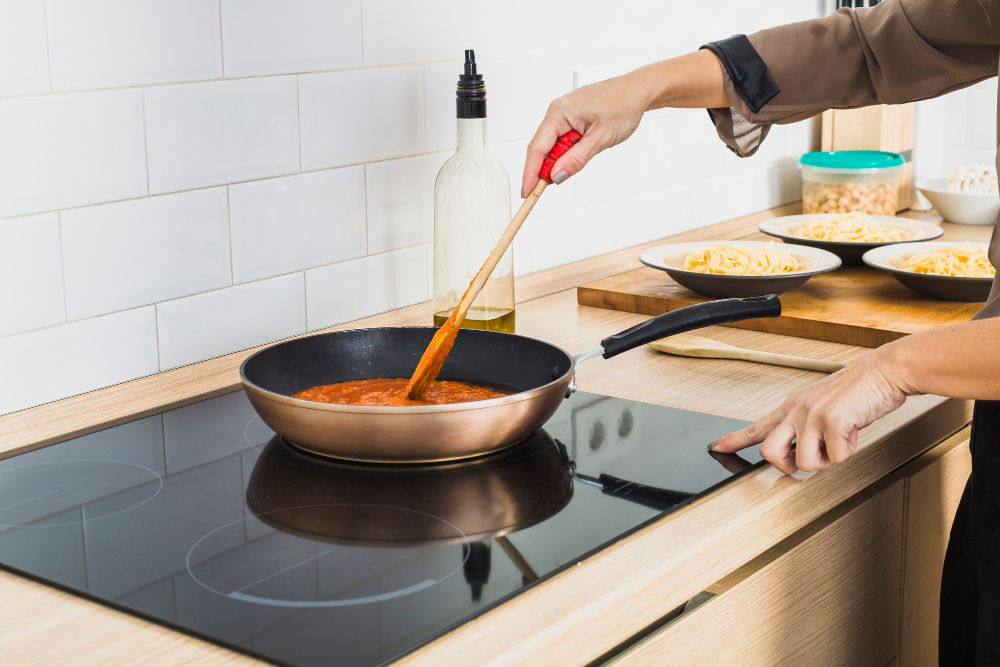
One of the most significant risks in the kitchen is electric shock, which can occur when you touch an appliance or outlet that has a live current running through it. Other hazards include burns from hot surfaces or liquids and fires caused by overheating appliances.
To prevent these accidents from happening, you need to be aware of potential dangers in your kitchen and take steps to minimize them. For example, always keep water away from electrical devices as water conducts electricity and can cause electrocution if they come into contact with each other.
Another common hazard is using damaged cords or plugs on your appliances; this could lead to short circuits resulting in fire outbreaks. It’s also important not to overload outlets by plugging too many devices into one socket as this could cause overheating leading up-to fire outbreak.
Choosing the Right Appliances
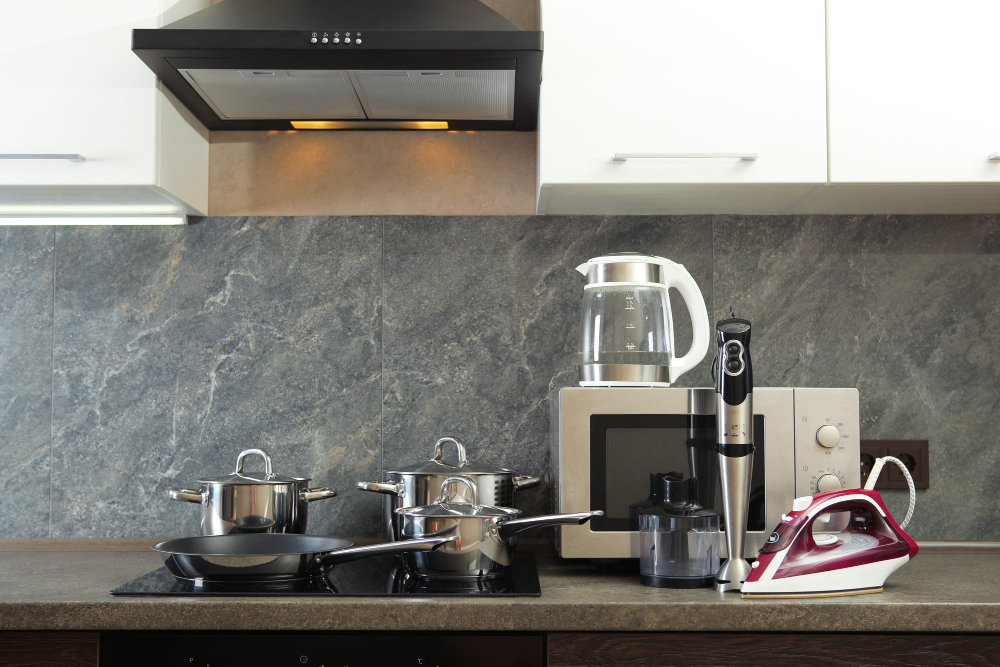
Always opt for appliances that are certified by reputable organizations such as Underwriters Laboratories (UL) or Intertek ETL. These certifications ensure that the appliance has undergone rigorous testing and meets strict safety standards.
Consider purchasing appliances with built-in safety features such as automatic shut-off switches or grounded plugs. This will help prevent electric shock in case of an accident.
It’s also important to choose the right size and type of appliance for your needs. Overloading circuits with too many high-wattage devices can increase the risk of electrical fires and shocks.
Proper Appliance Installation
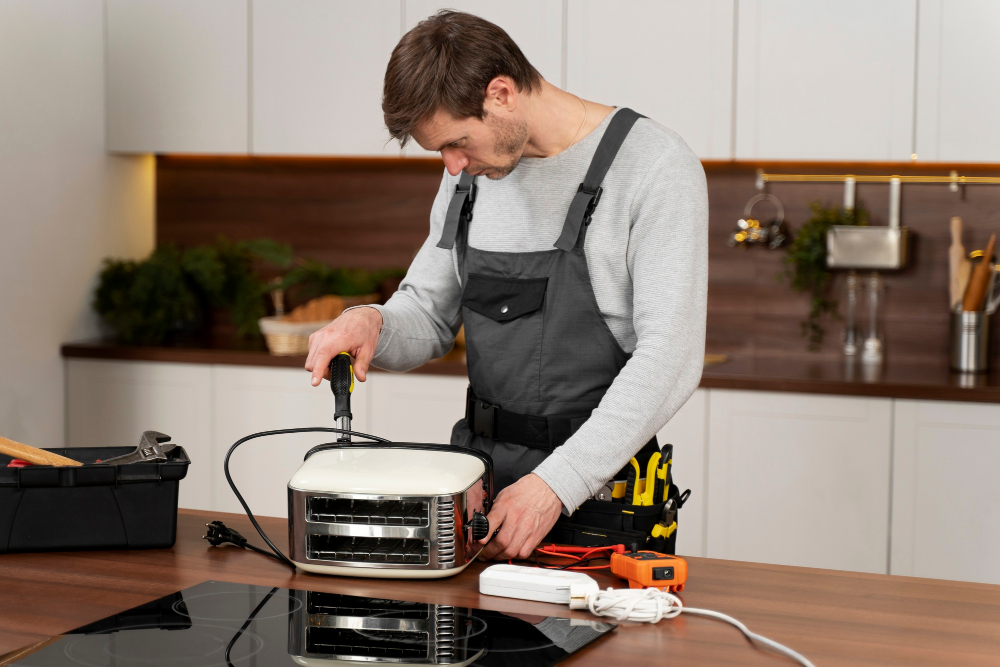
Faulty installation can lead to electrical hazards, such as short circuits and electrocution.
When installing new appliances, it’s crucial to follow the manufacturer’s instructions carefully. If you’re not confident about doing it yourself, consider hiring a professional electrician or appliance installer.
Make sure that all electrical connections are secure and tight before plugging in any appliance. Also, ensure that there is enough space around each device for proper ventilation and cooling.
It’s also essential to check if your home’s wiring can handle the power requirements of your new appliance before installation. Overloading circuits could cause damage or even start a fire hazard.
Proper Appliance Usage and Maintenance

Always read the manufacturer’s instructions before using any appliance, and follow them carefully. Never use an appliance with wet hands or while standing on a wet surface, as this can increase your risk of electric shock.
It’s also important to maintain your appliances regularly to ensure they are working safely and efficiently. Check cords for fraying or damage, replace damaged cords immediately, and never attempt to repair them yourself unless you’re a qualified electrician.
Regularly clean your appliances according to their instructions; built-up grease or food particles can cause electrical problems over time. If you notice any unusual noises coming from an appliance or if it smells like burning plastic when in use, stop using it immediately and have it inspected by a professional.
Regular Inspection of Wiring
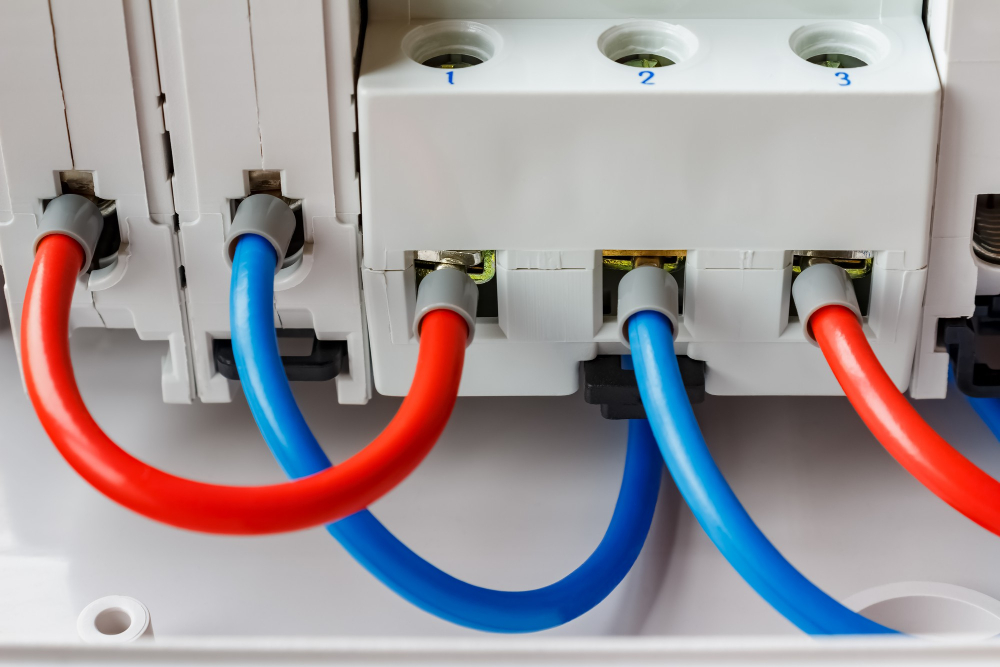
Over time, wires can become frayed or damaged, which can lead to electrical hazards. To ensure that your wiring is safe and up-to-date, it’s recommended that you have a licensed electrician inspect it at least once every five years.
During an inspection, the electrician will check for any signs of wear and tear on wires or cables. They’ll also look for loose connections or other issues that could cause electrical problems down the line.
If they find any issues during their inspection, they’ll be able to make repairs before they turn into bigger problems.
Grounding and Circuit Protection
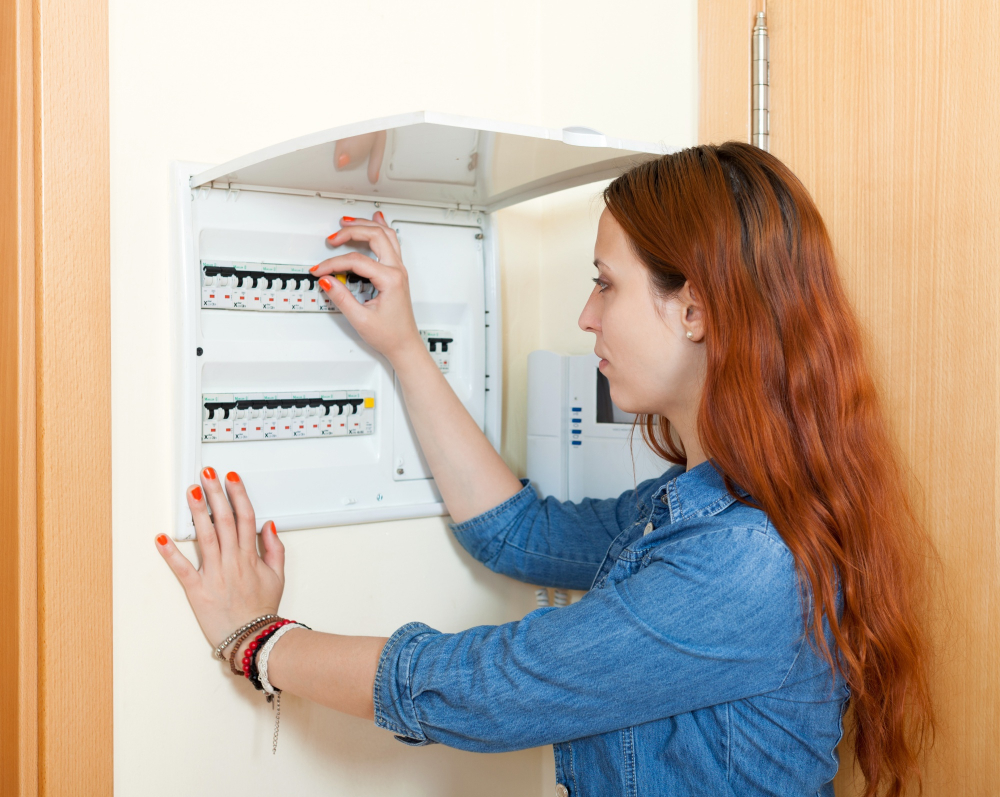
Grounding is a process that connects electrical devices to the earth’s surface, providing a safe path for electricity to flow in case of an electrical fault. Circuit protection, on the other hand, involves installing safety devices such as fuses or circuit breakers that automatically cut off power when there is an overload or short-circuit.
To ensure proper grounding and circuit protection in your kitchen, it’s important to have a licensed electrician inspect your wiring regularly. They can identify any potential hazards and make necessary repairs before they become dangerous.
You should always use outlets with ground-fault circuit interrupters (GFCIs) installed near water sources like sinks or countertops. GFCIs detect imbalances between incoming and outgoing current levels within seconds of occurrence; this helps prevent electrocution by cutting off power immediately if there is any imbalance detected.
Outlet Safety and Grounding
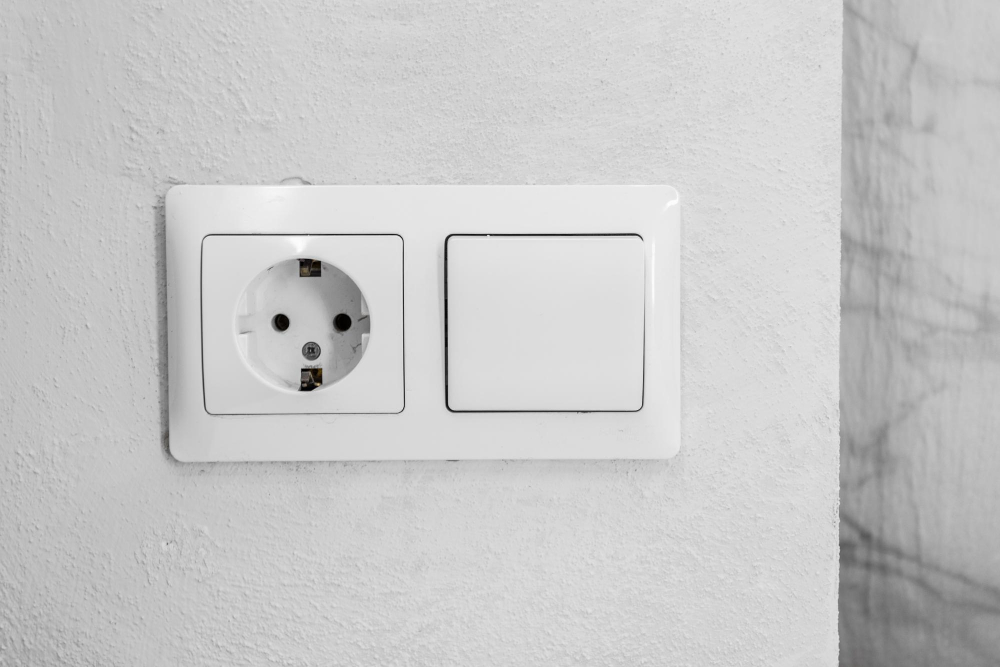
A ground fault occurs when electricity flows through an unintended path, such as a person’s body or water. This can cause electric shock, burns, or even death.
To prevent this from happening in your kitchen, make sure that all outlets are equipped with ground-fault circuit interrupters (GFCIs). These devices detect any abnormal flow of current and shut off power to the outlet immediately.
It’s also essential to avoid overloading circuits by plugging too many appliances into one outlet. This can cause overheating and increase the risk of fire hazards.
In addition to GFCIs and avoiding overloading circuits, it’s crucial always to use safe practices when handling electrical appliances near wet surfaces like sinks or countertops. Always dry your hands before touching any appliance plugged into an outlet near water sources like taps or sinks.
Extension Cord Usage
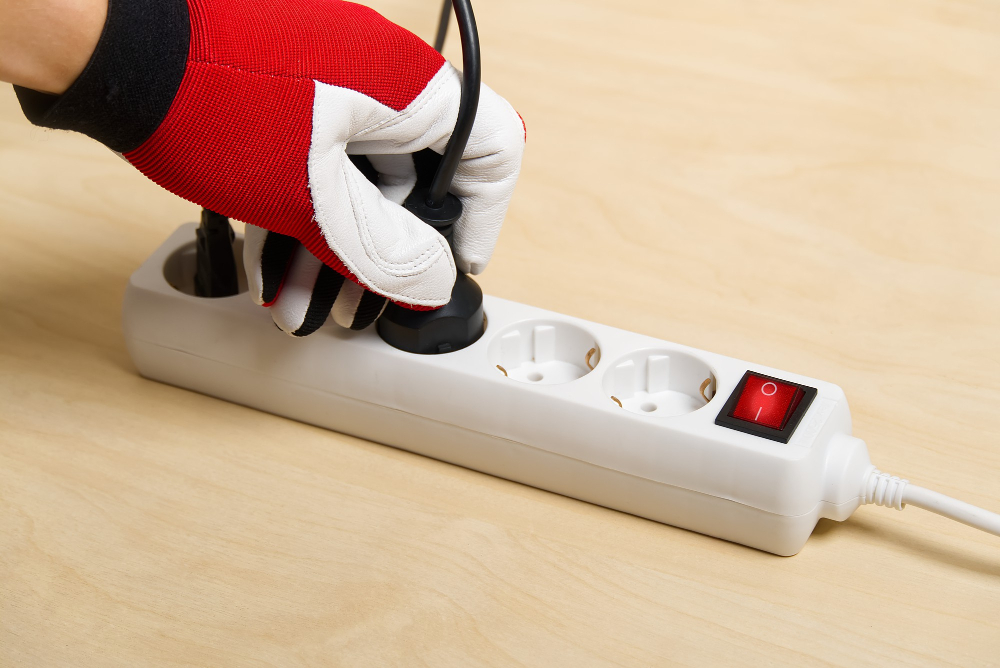
However, using extension cords improperly can be dangerous and increase the risk of electric shock or fire. To prevent accidents caused by extension cord usage, it’s essential to follow some basic safety rules.
Firstly, always use an extension cord that is rated for the appliance you’re using it with. For example, if you’re plugging in a high-powered blender or microwave oven into an extension cord that’s only designed for low-power devices like lamps or phone chargers could cause overheating and potentially start a fire.
Secondly, never overload an extension cord by plugging too many appliances into one outlet through multiple extensions as this can also lead to overheating and electrical fires.
Lastly but not least important is avoiding running your cables under carpets or rugs where they may become damaged without being noticed which increases the risk of electric shock incidents occurring.
Correct Use of Extension Cords
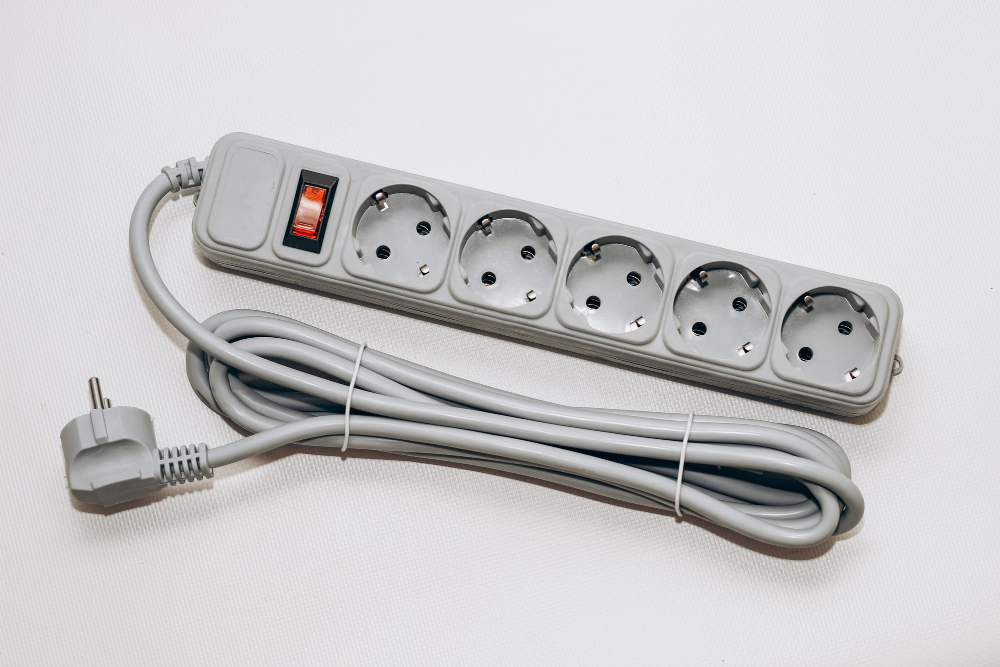
One of the most common mistakes people make is using extension cords as permanent wiring solutions. Extension cords should only be used temporarily and for their intended purpose.
When using an extension cord, ensure that it’s rated for the appliance or device you’re plugging in. Overloading an extension cord can cause overheating and even start a fire.
It’s also important to inspect your extension cords regularly for damage such as frayed wires or cracked insulation. If any damage is found, replace the cord immediately.
Another safety tip when using an extension cord is to avoid running them under carpets or rugs where they could become damaged without being noticed.
Dry Hands and Surfaces
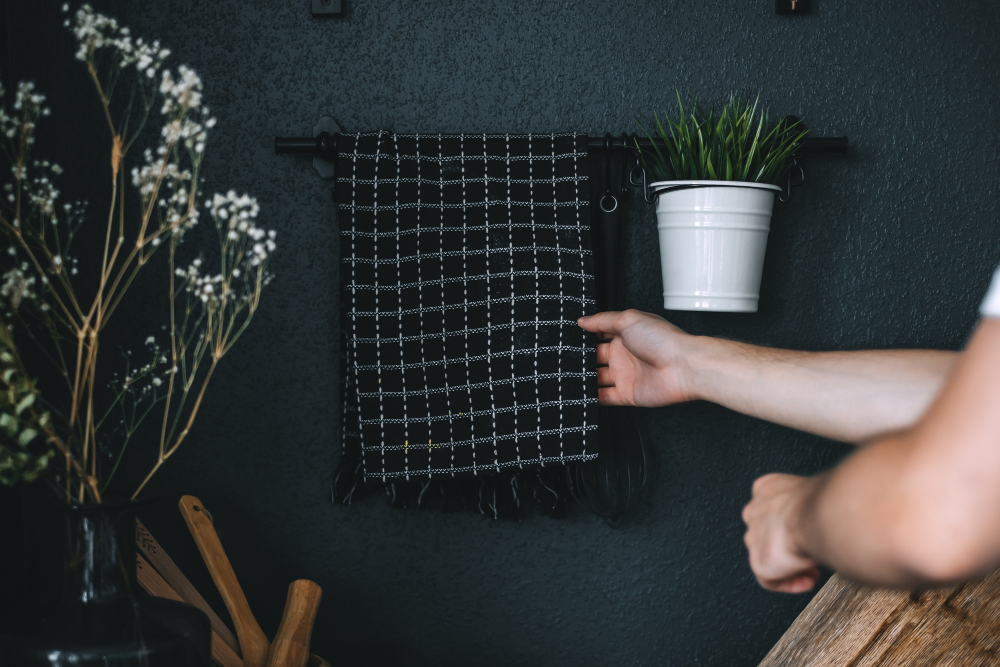
Wet or damp hands can increase the risk of electric shock, especially if you’re handling a device that’s plugged into an outlet. Before using any appliance, make sure your hands are completely dry.
Similarly, it’s essential to work on a clean and dry surface when dealing with electrical devices. Avoid placing wet towels or other items near outlets or appliances as they can cause short circuits leading to electric shocks.
Always unplug an appliance before cleaning it; this will help prevent accidental electrocution while wiping down surfaces.
Water and Electricity Precautions
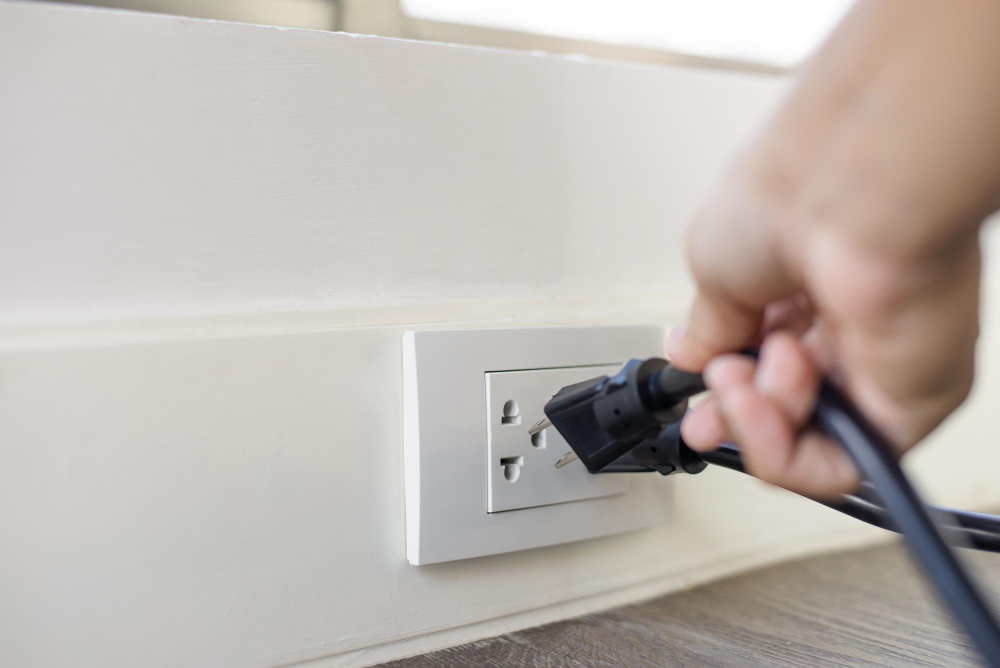
To prevent electric shock caused by water, always keep your hands dry while handling electrical appliances or switches. If you need to clean an appliance that’s plugged in, make sure to unplug it first before wiping it down with a damp cloth.
Moreover, avoid using electrical devices near wet surfaces or areas where there’s standing water such as sinks and countertops. Never touch an appliance if you’re standing on wet ground or have wet feet.
In case of any spills on the floor around electrical outlets or cords immediately wipe them up and ensure they are completely dry before plugging anything back in.
Ventilation and Humidity Control
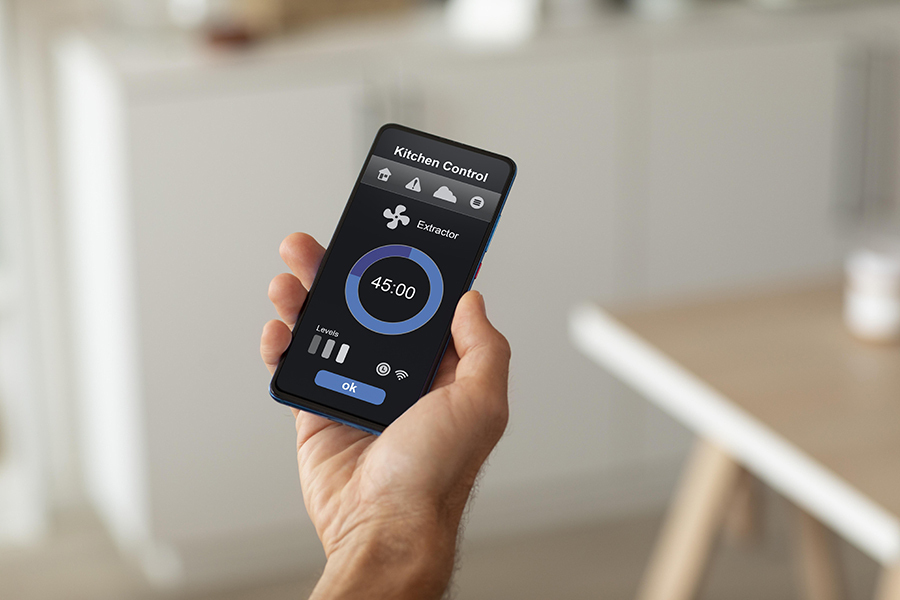
When cooking, steam and moisture can accumulate on surfaces, causing electrical appliances to short circuit or malfunction. To avoid this, ensure that your kitchen has adequate ventilation by installing an exhaust fan or opening windows when cooking.
Humidity control is also crucial in preventing electric shock as high humidity levels can cause electrical devices to corrode quickly. Therefore it’s important always to keep your kitchen dry by wiping down surfaces after use and ensuring there are no leaks from pipes or faucets.
Childproofing the Kitchen
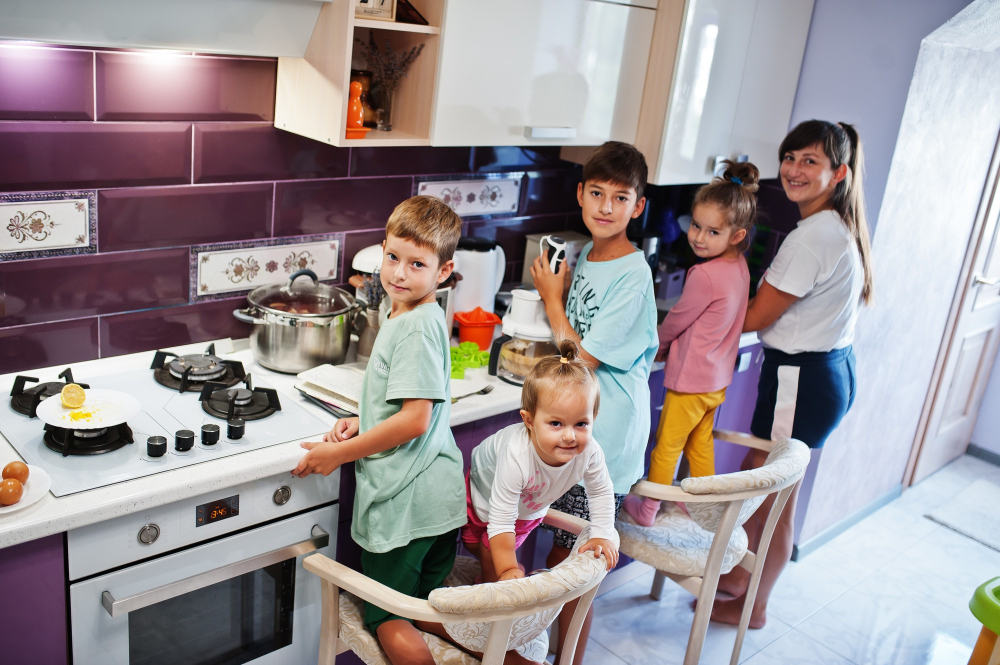
Children are naturally curious and may not understand the dangers of electrical appliances or outlets. Therefore, childproofing your kitchen is crucial.
Start by installing outlet covers on all unused outlets and keep cords out of reach from little hands. Keep knives, scissors, and other sharp objects locked away in a drawer or cabinet with a child-proof lock.
Also, consider investing in appliance locks for ovens and refrigerators to prevent children from opening them without supervision. Make sure that any cleaning products or chemicals are stored safely out of reach.
Educate your kids about electrical safety rules such as never touching an outlet with wet hands or sticking anything into an electric socket.
Educating Kids On Electrical Safety

Children are naturally curious and may not understand the dangers of electricity. Therefore, it’s crucial to teach them how to use appliances safely and avoid accidents.
Start by explaining that electricity is dangerous and can cause harm if not used correctly. Show them how to turn off appliances when they’re done using them, unplug cords from outlets instead of pulling on the cord itself, and never touch an appliance with wet hands or while standing in water.
Make sure your children know what each appliance does so they can use it properly without causing damage or injury. For example, explain that a toaster should only be used for bread products like toast or bagels – not for heating up other foods like pizza slices.
Set clear rules about what your children are allowed to do in the kitchen regarding electrical devices such as microwaves or blenders. Make sure they understand why these rules exist so that they will follow them even when you’re not around.
Safe Kitchen Lighting
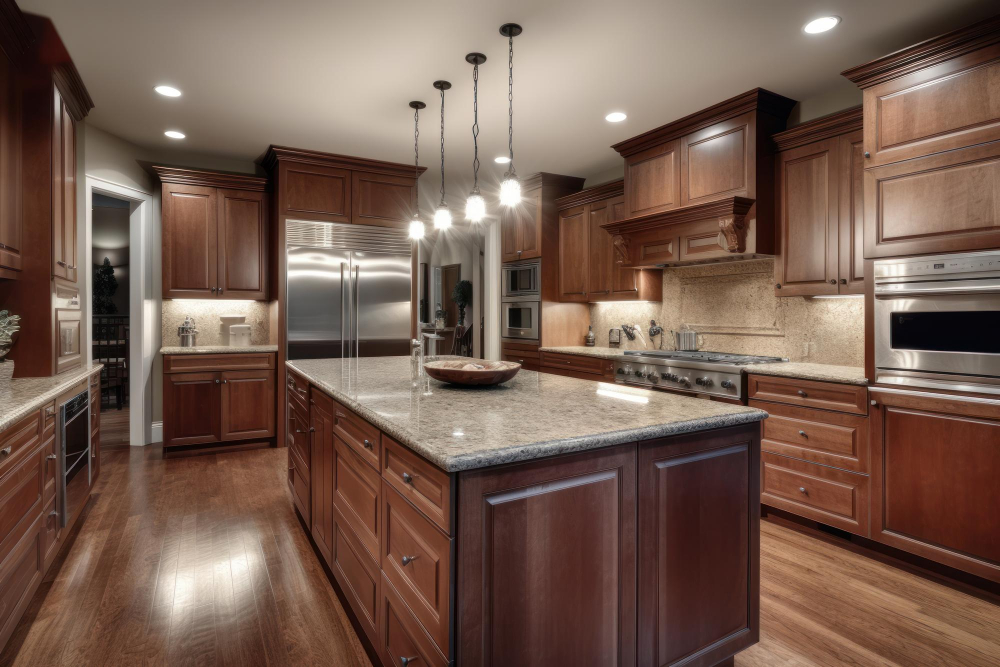
Poorly lit areas can lead to accidents, especially when handling sharp objects or hot surfaces. To ensure safety in your kitchen, it’s important to have adequate lighting that illuminates all workspaces.
One of the best ways to achieve this is by installing task lighting under cabinets or above countertops. This type of lighting provides direct illumination on specific areas where you need it most, such as the stove top or cutting board.
Another important aspect of safe kitchen lighting is avoiding glare and shadows. Glare from overhead lights can make it difficult to see what you’re doing while cooking, leading to mistakes and potential hazards.
Shadows can also be problematic if they obscure your view of certain areas.
To avoid these issues, consider using multiple light sources at different angles throughout your kitchen space instead of relying solely on one central fixture overhead.
Avoid Overloading Circuits
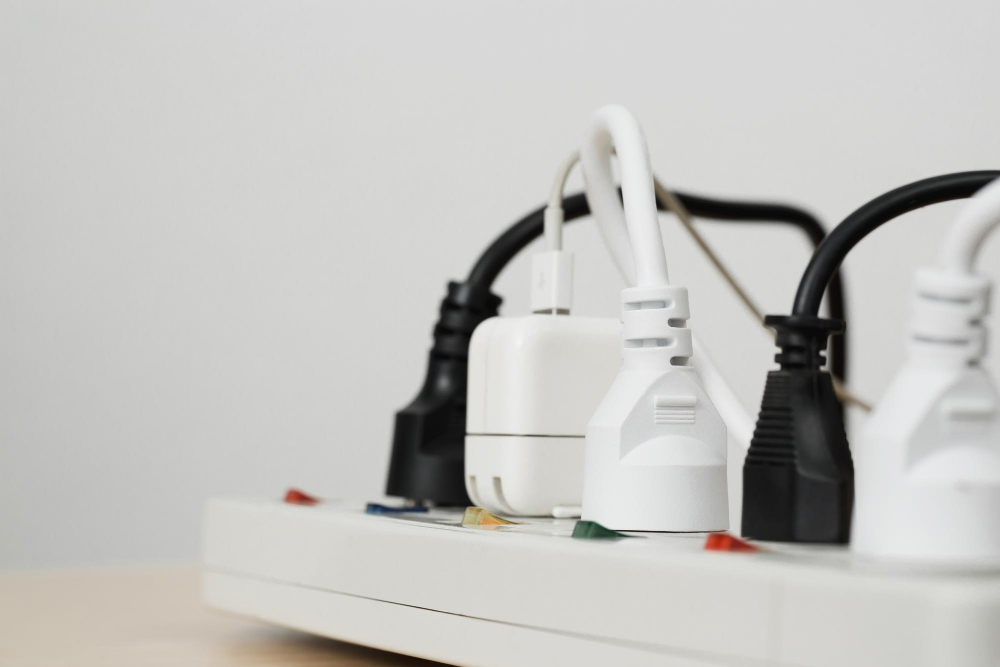
When too many appliances are plugged into one outlet or circuit, it can cause overheating and potentially start a fire. To avoid overloading circuits, make sure to distribute your appliances evenly across different outlets and circuits in your kitchen.
If you’re not sure how much power an appliance uses, check its wattage rating on the label or manual. A general rule of thumb is to never plug more than two high-wattage devices (such as microwaves or coffee makers) into the same outlet at once.
Another way to prevent overloading is by using surge protectors with built-in circuit breakers that automatically shut off power when overloaded. These devices are especially useful for protecting sensitive electronics like computers and televisions from voltage spikes caused by lightning strikes or other electrical surges.
Safe Storage of Electrical Devices

When not in use, appliances such as blenders, mixers, and toasters should be unplugged and stored away from water sources or areas where they can easily fall into the sink or onto a wet surface. It’s also important to keep them out of reach of children who may accidentally turn them on or play with cords.
Avoid storing electrical devices near heat sources like stovetops or ovens that can damage their wiring insulation leading to short circuits. Also, avoid wrapping cords tightly around appliances since this could cause fraying over time.
DIY Electrical Repairs Warning
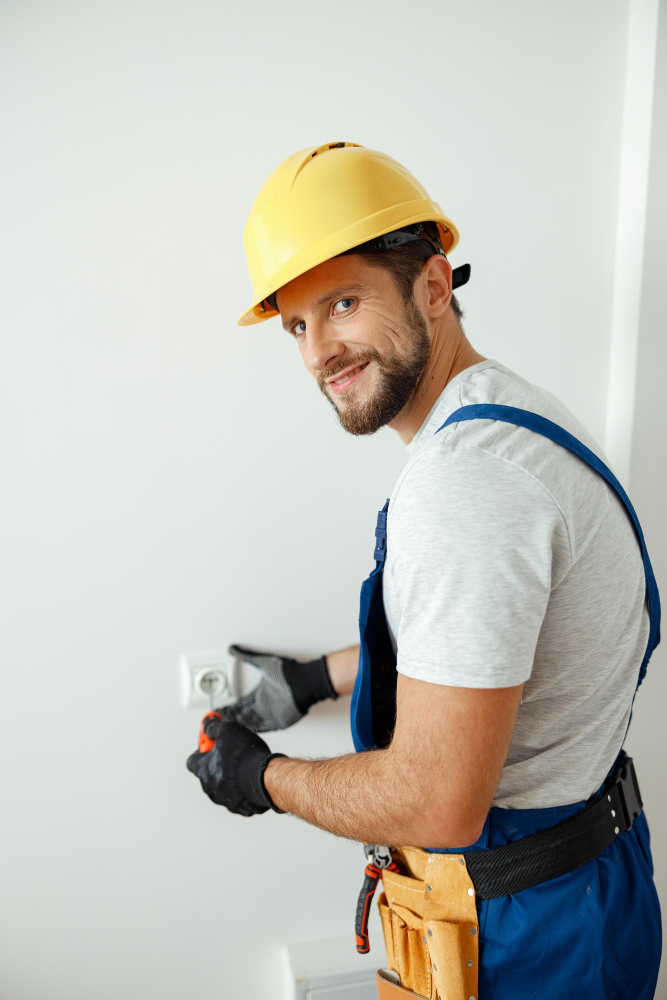
Attempting DIY electrical repairs without proper training and experience can lead to serious injury or even death. Therefore, always hire a licensed electrician for any major electrical work in your kitchen.
Even minor tasks like replacing an outlet or light switch should only be done by those with the necessary knowledge and skills. If you’re unsure about how to proceed with an electrical repair project, don’t hesitate to call a professional electrician.
Remember: safety should always come first when dealing with electricity in the kitchen (and anywhere else).
Reporting and Repairing Hazards
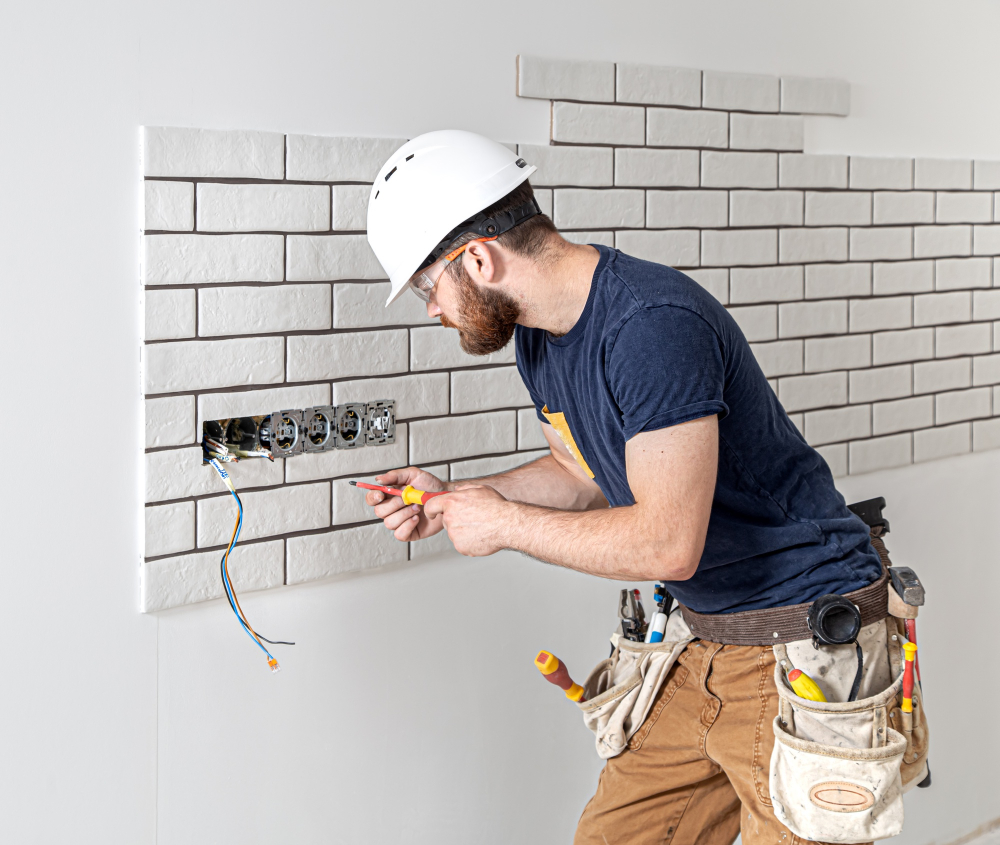
In case of an electrical hazard in your kitchen, it’s essential to report it immediately to a qualified electrician or your local utility company. Don’t try to fix the problem yourself unless you’re a licensed professional.
If you notice any signs of electrical problems such as flickering lights, sparks from outlets or switches, unusual sounds coming from appliances or wiring systems, burning smells around outlets and switches – these are all warning signs that something is wrong with your electrical system.
It’s crucial not only to report but also repair any hazards promptly. Ignoring them could lead to more significant issues down the line and put everyone at risk for injury or even death.
Electrical safety should be taken seriously in every home especially when it comes down to our kitchens where we spend most of our time cooking meals for ourselves and loved ones. By following these simple tips on how best we can prevent electric shock while cooking will go a long way towards ensuring that everyone stays safe while enjoying their favorite dishes!
FAQ
What causes electric shock in the kitchen?
In the kitchen, electric shock can be caused by faulty appliances, damaged or frayed cords, and electrical appliances coming into contact with water.
Why do I get electric shocks from my kitchen sink?
You get electric shocks from your kitchen sink because an active wire from an appliance may be touching a metal pipe in your home, causing electricity to flow through the pipe.
What safety measures can be taken to avoid electric shock while using kitchen appliances?
To avoid electric shock while using kitchen appliances, ensure you unplug them when not in use, keep them away from water, regularly check for damaged cords, and use appliances with a ground-fault circuit interrupter (GFCI).
How can we properly maintain electrical installations in the kitchen to prevent accidental shocks?
To properly maintain electrical installations in the kitchen and prevent accidental shocks, one should regularly inspect wiring, outlets, and appliances for damage, keep them away from water sources, and unplug appliances when not in use.
What are the signs of potential electrical hazards to be aware of in the kitchen?
Signs of potential electrical hazards in the kitchen include frayed cords, overloaded outlets, water near electrical appliances, improper placement of electrical appliances, and using damaged electrical appliances.




